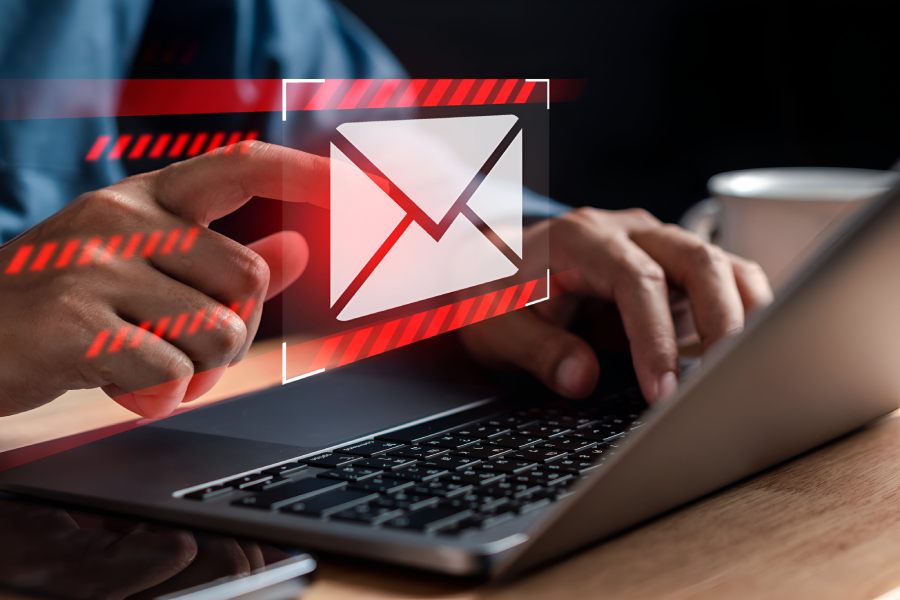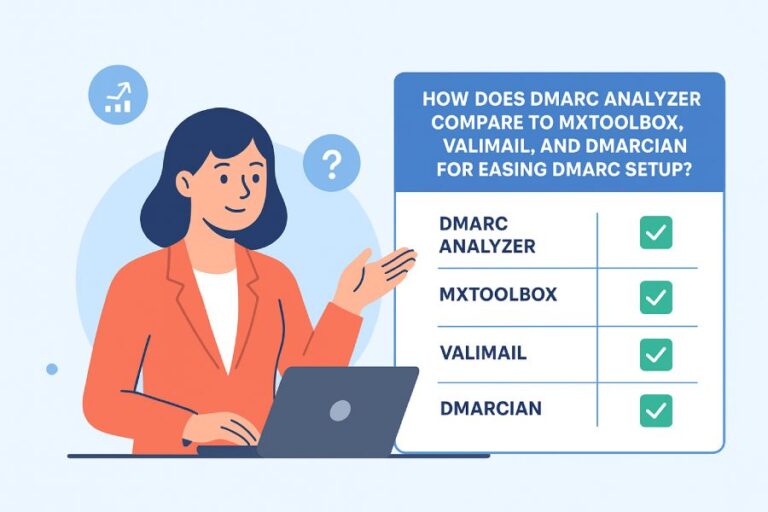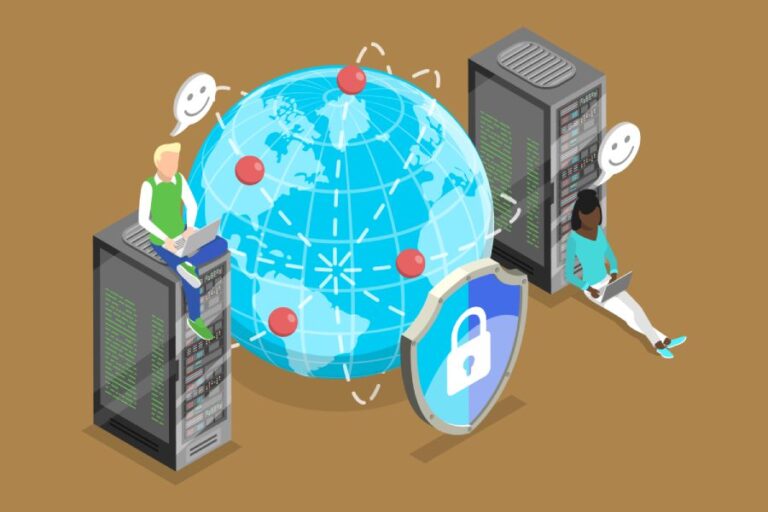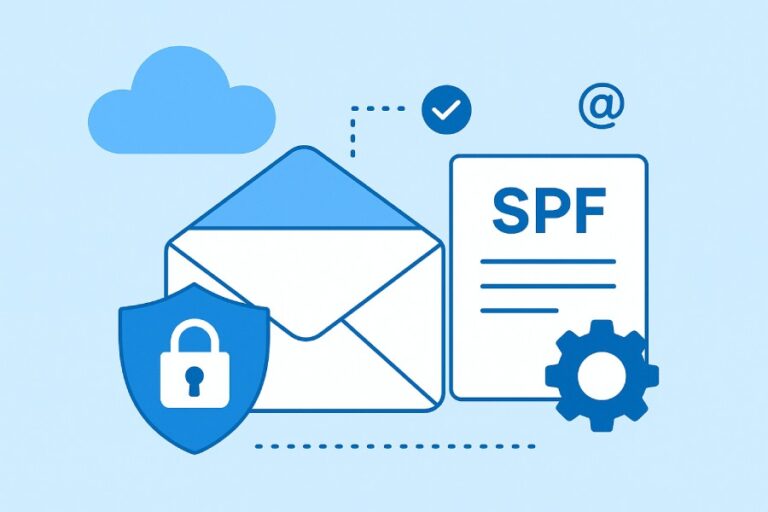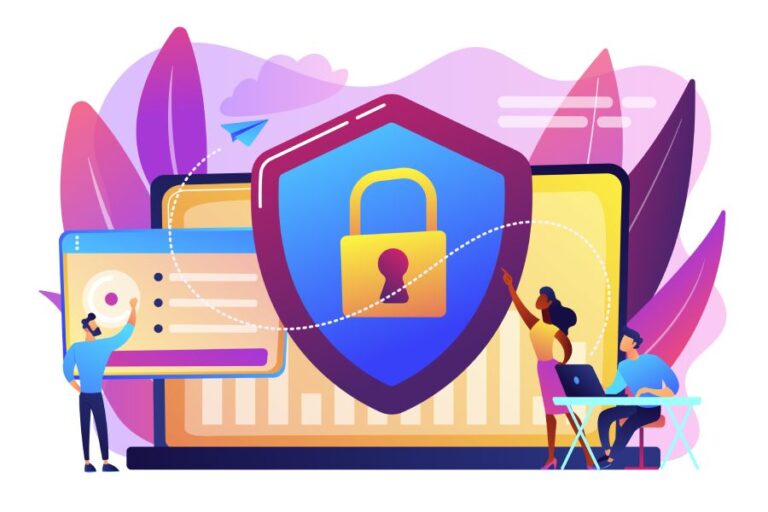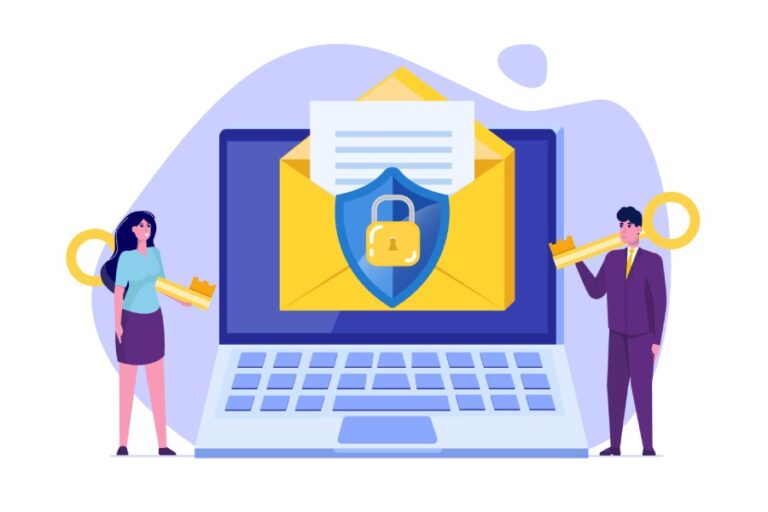Why is it unsafe to send sensitive information via email?

Being in corporate involves inevitable sharing of files and information via different mediums, including email. Emailing is a fuss-free method that perfectly knits all the departments, employees, customers, vendors, etc., into one online dock. If we keep aside the ease that emails offer when sharing information, it’s a highly risky medium. Threat actors are devising new and sophisticated ways to break into email accounts or steal/intercept files while they are in transit.
This blog explains the risks of emailing sensitive information and shares safer ways to do it.
Why is emailing sensitive information not appreciated?
Let’s divide these risks into two categories. One, the email itself isn’t a very safe platform unless you have linked your accounts with dedicated email security protocols and tools. Second, you need devices to practice emailing, which are also vulnerable.
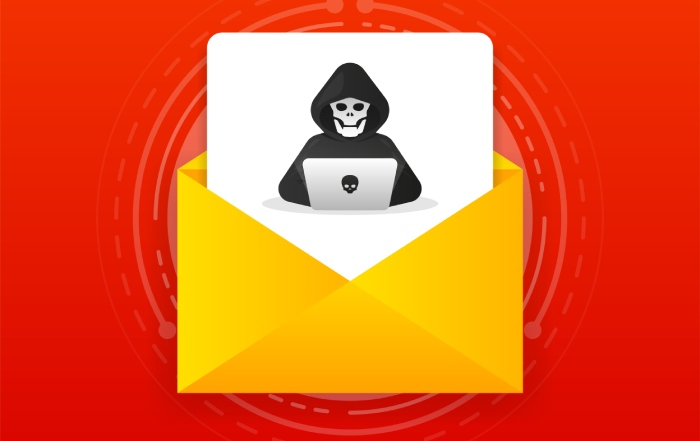
1. Email is inherently unsafe
- Emails are not backed up by strong encryption. Most of them use standard services that aren’t capable enough to avert the malpractices of seasoned cybercriminals. So, there is no guarantee that your messages won’t get tampered with during transit.
- Users often overlook that the files they email can stay on service providers‘ servers without adequate protection, increasing the risk of unauthorized access—especially if the provider makes a mistake or faces a server-side cyberattack.
- Modern phishing tactics are giving severe headaches to users and security experts. Cybercriminals create convincing and flawless bogus emails that manipulate recipients into sharing sensitive information.
2. Devices need extra protection
Besides the risks of sending files over email, mobile devices also face threats. Can iPhones get hacked? Yes, they can. Even the most secure systems can have weak spots.
If you send sensitive information through an unsecured email on a hacked device, the chances of a data leak go up. iPhones are known for strong security, but they’re not immune. Signs of a hacked iPhone include sudden battery drain, odd app behavior, and strange notifications. Some expert sources also offer helpful tips to spot and handle these issues.
Risks associated with sharing sensitive information via email
When you send confidential information via emails, you become vulnerable to the following threats-
Phishing attacks
In phishing attacks, threat actors send fraudulent emails asking recipients to share sensitive information such as bank details, medical records, Social Security Numbers, etc. With the advent of artificial intelligence, they can draft convincing and error-free emails, winning recipients’ trust.
Data interception
Yes, emails use encryption, but they are still vulnerable to attacks. If you send emails over public Wi-Fi or without using HTTPS, hackers can steal the data. This makes email breaches more likely.
Sensitive information must be protected in financial services, especially when dealing with clients with poor credit. If this data is leaked or targeted by phishing, it can seriously harm both the provider and the client.
Malware
When recipients open malware-infected emails, their devices are attacked, putting the entire system at risk. This leads to the exfiltration or interception of sensitive details, leaving the company open to litigation, financial losses, and reputational damages.
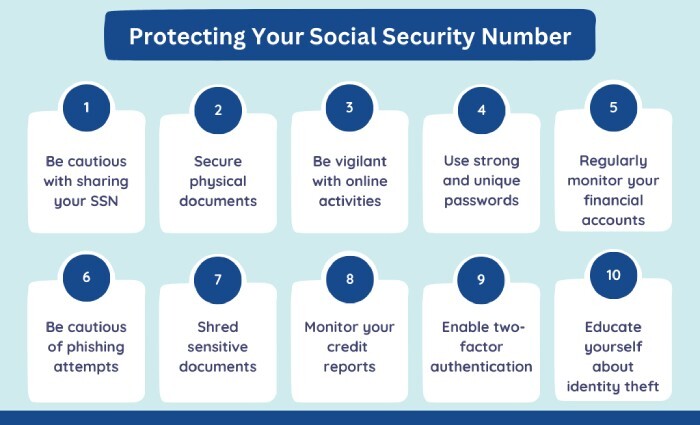
Final words
Sending confidential files by email is common but not always safe. Email security risks can expose both personal and business data. The good news is that using modern encryption and staying aware can significantly reduce these risks.
Email security relies on protocols like DKIM, DMARC, and SPF to authenticate senders and prevent phishing, ensuring sensitive information shared via email remains protected from spoofing and unauthorized access.
So, while email is convenient, you should be extra cautious with sensitive information.
Advanced protection and authentication are key to keeping your emails secure. Get in touch with us to learn how to protect your email domain!

